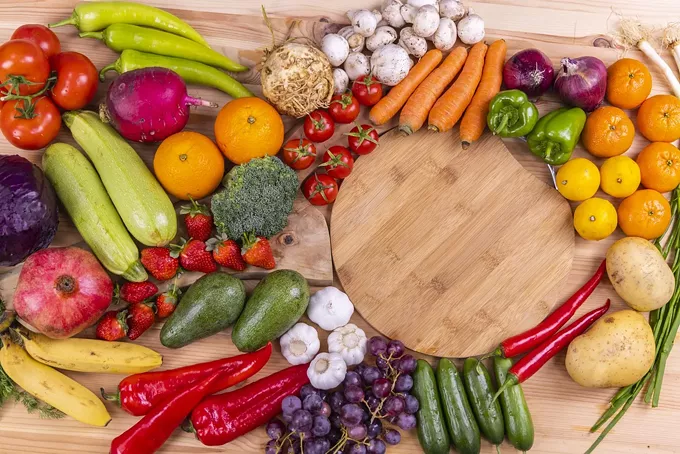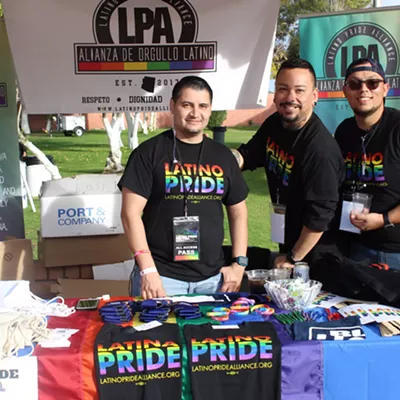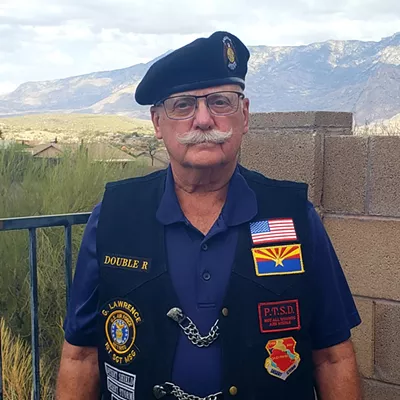The Community Food Bank of Southern Arizona started off as a 600 square foot storefront with one delivery truck and a few boxes of food. Today, it is one of the largest food banks in the nation with more than 200,000 volunteer hours in an average year.
The story of this growth is covered in the new book, Sowing the Seeds of Change, which lays out the history of the CFB and the steps they take to attack the causes of hunger.
As the organization grew over the years, author Seth Schindler was intrigued by their success.
“It’s an incredible story of growth… but it’s also a sad story,” Schindler said. “I first responded to an advertisement: researcher wanted by community food bank. They wanted someone to put the information together, maybe a history page on their website.”
He began interviewing volunteers and staff, reading old meeting notes and annual reports to capture the complexity of the CFB.
But when he visited the Tucson headquarters, a 140,000 square foot service center, Schindler realized there was a much bigger story to tell.
“I couldn’t believe it,” Schindler said. “The scale of the facility’s operations was the first thing that really struck me.”
Named “food bank of the year” by Feeding America in 2018, the CFB serves five counties, covering 23,000 miles. Customers have access to a variety of educational programs and culinary training, emergency food assistance and free meals.
The CFB works daily to promote social cohesion and participation throughout Southern Arizona.
“All kinds of folks are committed to supporting their neighbors,” said Chief Programs Officer Robert Ojeda. “We work with other partners such as nonprofits, small community groups, local gardens and mutual aid groups.”
The facility now has more than 6,000 volunteers who are dedicated to their work and bring unique skill sets to the CFB.
“They are the people that make it work,” Schindler said. “They understand how precarious the situation is.”
In his book, Schindler highlights the success of the food bank. But their main goal, he said, is to put themselves out of business by getting rid of hunger and the causes of hunger in Arizona. One in six Arizona residents are considered food insecure, and one in four children. And everyday, the CFB battles this harsh reality.
“We don’t want to find ourselves 50 years down the road dealing with these same issues,” Ojeda said. “We are investing in programs and initiatives that address the root causes of hunger.”
The CFB operates at a few resource centers offering food and innovative services. They encourage cooperation and community development, and incorporate an educational component into every one of their programs.
“We want to ensure that people get food today,” Ojeda said. “We don’t want people to choose between paying the phone bill or feeding their families.”
The CFB’s mission is to address the hunger crisis through advocacy and education. They gather demographic and qualitative data to identify vulnerable populations in Southern Arizona to inform their next steps.
Now, the CFB distributes food to nearly 200,000 people each year. With the help of their nutrition team, the CFB brings the healthiest possible food to the community to focus on feeding the body, as well as the mind and the soul.
During the pandemic, the CFB switched to a drive-thru to enforce social distancing. But as of February, they have expanded their hours and are transitioning back to their original model of walk-in distributions.
“COVID uncovered a lot of things,” Ojeda said. “Our system needs to be strong. We want to support the local food economy and promote resilience within the system.”
The CFB will continue emphasizing food education and nutrition with the hopes of getting people food today and tackling food insecurity. Because from the work of the CFB so far, they learned it takes a lot more than food.







